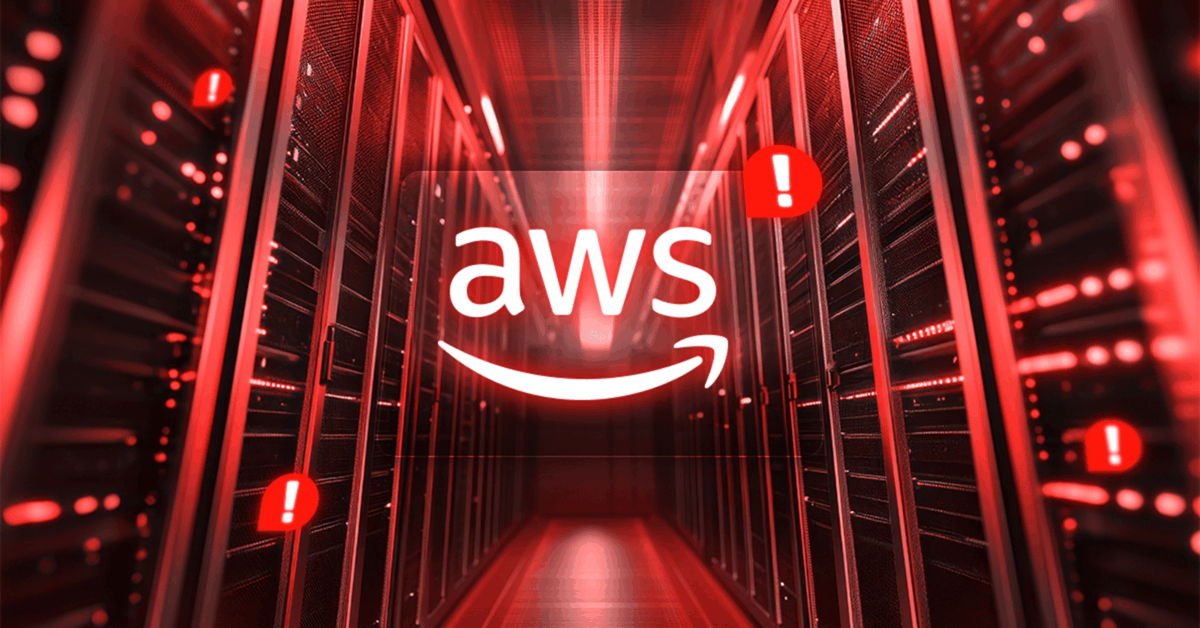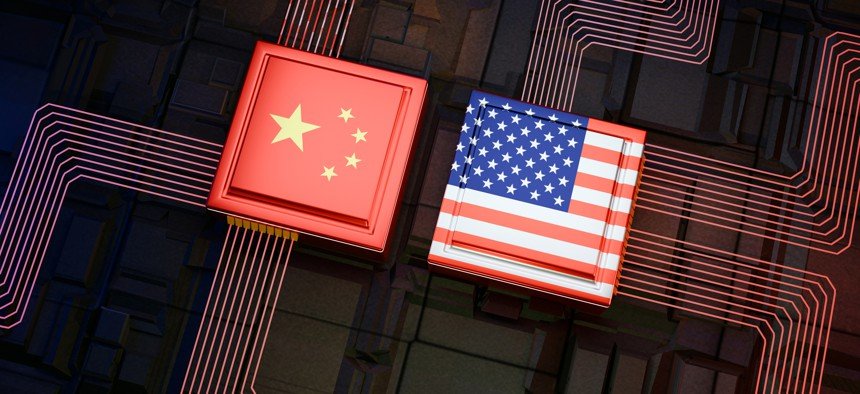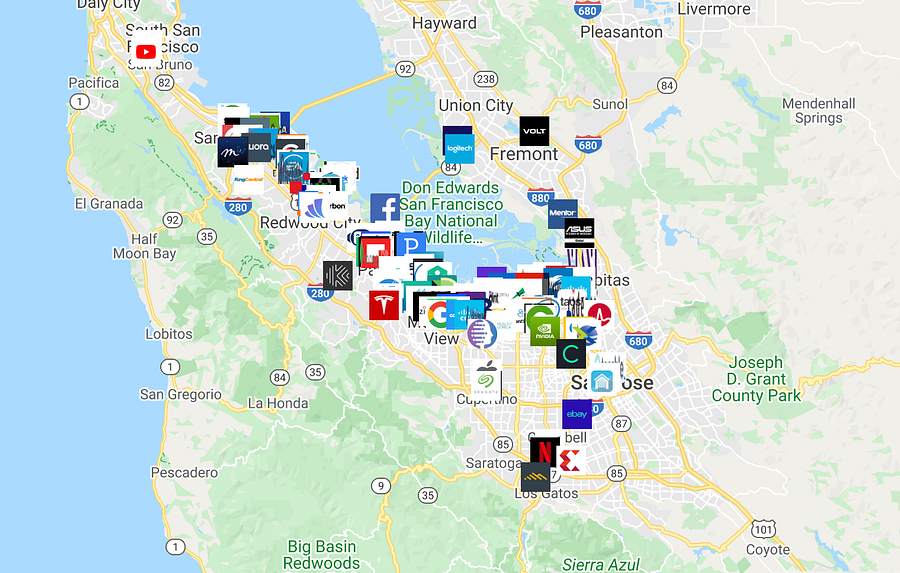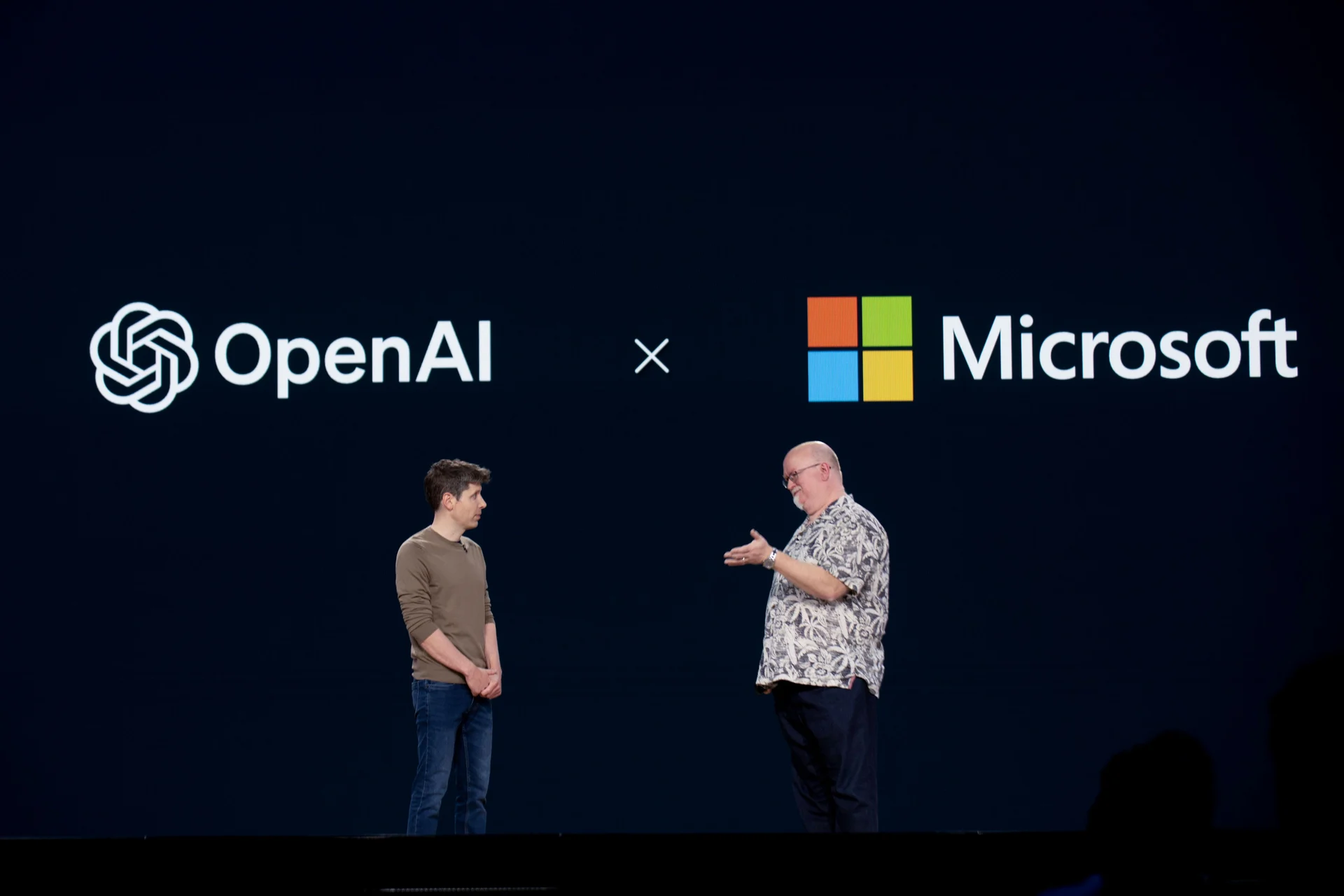In the wake of a significant service disruption across Amazon Web Services (AWS) infrastructure in October 2025, an explosive report emerged alleging that AWS had replaced nearly 40% of its DevOps workforce with AI systems just days prior to the outage. While the claim is still unconfirmed and met with skepticism by experts and insiders, it underscores a pressing debate at the heart of the modern AI era: Can large-scale automation be trusted with the backbone of the internet?
The Alleged AI Overhaul
What Was Reported?
According to 80 Level, an internal AWS document (allegedly posted and quickly removed) revealed that the cloud giant had cut a significant portion of its DevOps team in favor of AI-driven automation agents. These agents were described as being responsible for managing complex infrastructure tasks such as:
- IAM (Identity and Access Management) corrections
- Rollbacks for failed Lambda function deployments
- Rebuilding broken Virtual Private Cloud (VPC) networks and subnets
The report claimed that 40% of human roles in key DevOps functions were eliminated in favor of machine-led orchestration—sparking immediate concern following the major outage that affected AWS’s “us-east-1” region, which services some of the most popular web applications and services globally.
The Outage: Timeline and Impact
What Happened?
The outage occurred in the second half of October 2025, impacting countless applications—from finance and gaming platforms to enterprise cloud operations. Though AWS has not issued a comprehensive public incident report, multiple monitoring platforms and service dashboards reported downtime lasting several hours.
Notably, the affected region was “us-east-1,” a critical hub for AWS services. During this period, major online platforms dependent on AWS reported broken functionality, downtime, and disrupted access to backend systems.
While AWS initially cited “DNS configuration issues” and “automation propagation delays” as possible root causes, no formal root-cause analysis has yet linked the incident to AI replacement efforts.
Fact vs. Speculation: Dissecting the 40% Claim
Official Data Points
- Job Cuts Confirmed, but Scope Unknown
In July 2025, Reuters confirmed that Amazon’s AWS unit laid off “at least hundreds” of employees. However, the breakdown of which departments or functions were affected was not disclosed. - Mixed Messaging from AWS Leadership
AWS CEO Matt Garman previously dismissed the idea of fully replacing junior staff with AI as “the dumbest thing I’ve ever heard,” as quoted in TechRadar. This contradicts internal sentiments shared by Amazon CEO Andy Jassy, who has repeatedly stated that AI would inevitably “transform how work is done” across the company. - No Public Memo, No Internal Leak Confirmation
The alleged internal memo remains unverified, with no documentation shared publicly and no whistleblower testimony to confirm it.
Expert Skepticism
On platforms like Hacker News and Reddit’s sysadmin forums, DevOps professionals and cloud engineers expressed deep doubts:
- “There is zero evidence that AWS made such a massive cut recently,” one AWS insider posted anonymously.
- Others speculated that, if automation was expanded, it was likely in limited test environments or smaller product teams, not across the global DevOps division.
The Bigger Picture: Why This Story Resonates
Even if the 40% claim proves exaggerated or misrepresented, it has sparked widespread concern because it speaks to larger trends and unresolved questions.
1. AI and Infrastructure Risk Management
Cloud operations require both scalability and resilience. While AI agents can optimize infrastructure processes, they are not immune to unexpected configurations, edge-case bugs, or context loss from prior human engineers. Complex failure recovery still requires judgment and experience—especially under pressure.
The real danger? AI systems may propagate failure faster than humans could intervene. If an automated script mismanages a DNS table, subnet route, or identity policy, the issue can scale across global nodes in seconds.
2. Human Knowledge: Institutional Memory Matters
Senior DevOps engineers are not just scriptwriters—they hold deep tacit knowledge of failure patterns, architectural quirks, and long-tail bugs. A fresh AI model may be “smarter” in theory, but it cannot match decades of real-world intuition. The loss of such institutional memory is a critical vulnerability if automation becomes over-relied upon.
3. Automation in the Era of Labor Restructuring
In the shadow of this report lies a broader industry shift: the use of AI to reduce costs through labor cuts. If true, the AWS story marks a watershed moment where automation’s trade-off becomes brutally visible: efficiency gains vs service reliability, innovation vs social disruption.
How many companies are currently experimenting with replacing engineers—not augmenting, but fully replacing them—with AI agents? And what guardrails exist to ensure customer services and public infrastructure are not at risk in the process?
4. Ethical Transparency and Accountability
If critical infrastructure is being managed by non-human agents, what responsibilities do corporations have to disclose this shift? Should end-users, businesses, and governments know that their applications are running on systems monitored by automated agents?
Further, in the event of an outage, who is accountable when the decision-making is performed by a system? The engineer who trained it? The manager who greenlit it? Or is it “nobody,” as accountability blurs?
A Fork in the Road: The Future of AI-Managed Cloud Infrastructure
What Companies Must Do Now
Enterprises relying on cloud platforms like AWS must take proactive steps:
- Demand transparency: Know whether key services are managed by humans or autonomous agents.
- Build redundancy: Consider multi-cloud strategies and internal failover systems to reduce dependency.
- Keep humans in the loop: Especially in high-risk infrastructure decisions, human oversight remains essential.
What Regulators Should Ask
As AI spreads deeper into infrastructure:
- Should governments impose disclosure mandates for AI-managed services?
- Do we need independent auditing mechanisms for AI-driven operations in cloud systems?
- Is there a case for AI incident reporting standards, akin to cybersecurity breaches?
Final Verdict: A Wake-Up Call, Even If the Alarm Is False
Whether the 40% replacement claim is accurate or not, the real takeaway is this:
We are rapidly transitioning into an era where machines manage machines.
And with that comes incredible efficiency—but also unprecedented risk.
AWS, like all major tech infrastructure providers, sits at the center of this transformation. This incident—fact, rumor, or a blend of both—may be the canary in the cloud mine. The next time, the outage might last longer. The AI might fail deeper. And the humans who could have prevented it… might no longer be employed.









